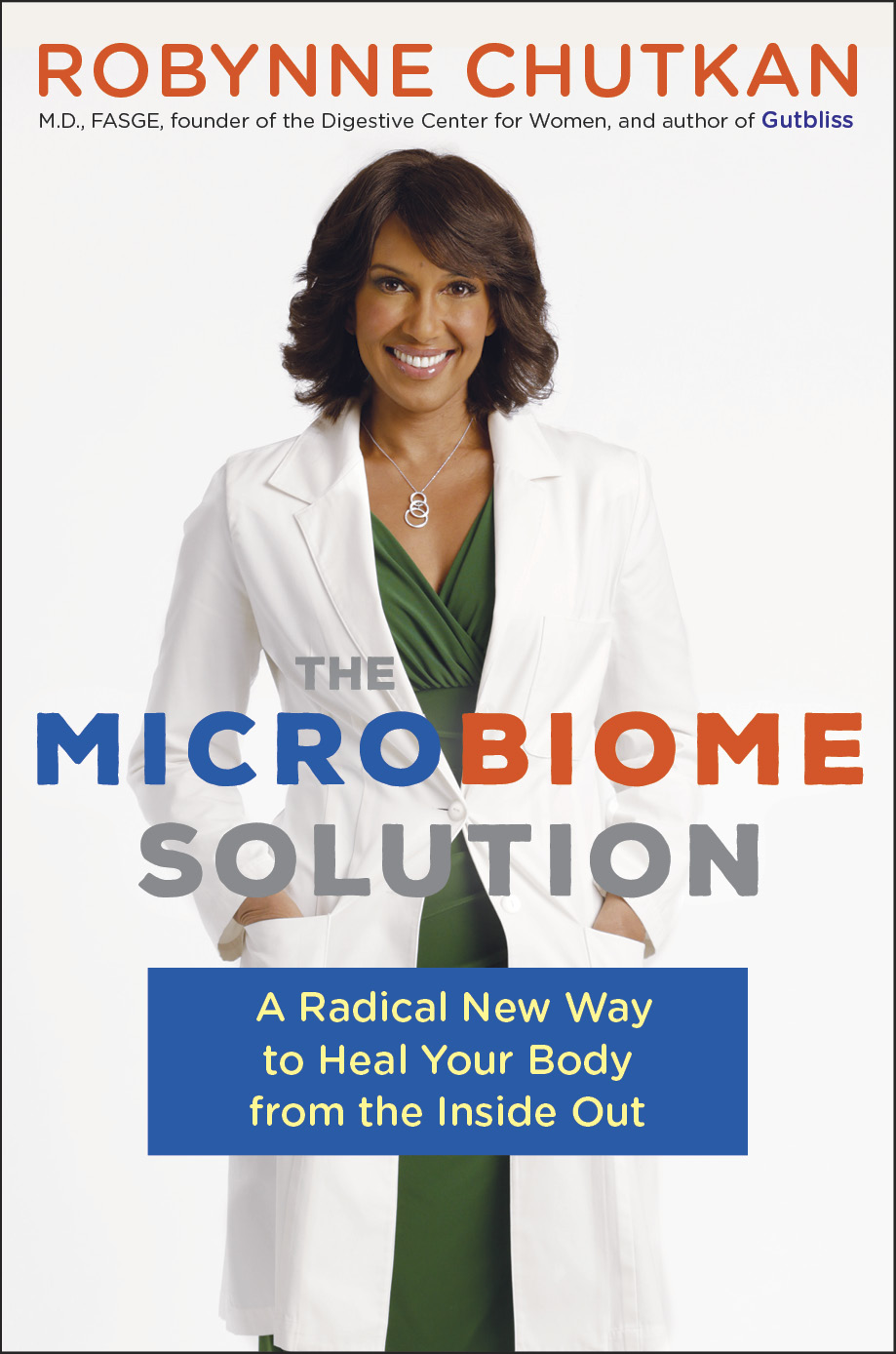Susan: In mid-2008, I had a severe food poisoning incident with lots of diarrhea and vomiting. Later that year, I broke a toe and took Advil every day for a month. In October 2009, I started having problems being regular with my digestion. I saw a physician who gave me a course of antibiotics and proton pump inhibitors (PPIs). After taking them I was still experiencing abdominal pain and bloating.
Dr. Chutkan: An episode of food poisoning can be the triggering event for small intestinal bacterial overgrowth (SIBO) because the gut flora is thrown out of balance. The pathogen crowds out a lot of the beneficial gut bacteria, and even after the infection is over people are often still symptomatic because their healthy gut bacteria remain depleted and other species start to overgrow. Non steroidal anti inflammatory drugs (NSAIDs) like Advil compound things because they make tiny holes in the intestinal lining that increase the gut permeability and can lead to leaky gut syndrome. A course of antibiotics plus PPIs on top of that can create a perfect storm of altered gut bacteria – what we generally refer to as “dysbiosis”.
Susan: From 2009-2013, I had several ultrasounds, and an endoscopy. I stayed on PPIs but my symptoms weren’t getting any better. My doctor tried me on several different brands of PPIs and finally put me on an antispasmodic, which he said was for irritable bowel syndrome (IBS).
Dr. Chutkan: Susan had ongoing symptoms because the root cause of her GI distress had yet to be uncovered and treated. In addition, she was actually being treated with a drug (PPI) that can cause and/or exacerbate the very condition she was suffering from!
Note also that conventional testing like ultrasound and endoscopy cannot diagnose a disordered microbiome. Those are tools that are sufficient for some GI disorders like gallstones and ulcers, but ineffectual in this new era of microbially based conditions like SIBO. A breath test in theory would have been helpful, although because of her recent antibiotic treatment, there would have been a high likelihood of a false negative result.
The desperation that patients like Susan feel in the face of ongoing symptoms and no clear diagnosis (or at least no accurate diagnosis) is manifest in all the various OTC and prescription medications they’ll often end up trying.
Susan: I feel pain most of the time when I eat and I have severe bloating. I’ve seen my stomach go to 40 inches or more after meals. I’ve tried cutting out whole foods, the FODMAPS diet, and intermittent fasting. I’ve also tried acupuncture. At one point, I just stopped eating for days and I did feel a little better then.
Dr. Chutkan: The pain after eating in patients with SIBO is a result of bacterial fermentation of the food and production of gases like hydrogen and methane that distend the intestines and lead to excessive bloating. Many patients with SIBO say they feel better when they fast, but of course, starving your gut bacteria is not a sustainable long-term therapy.
Susan: My bloating and abdominal pain is worse than ever now and I’m tired of taking so many pills everyday. I feel like my symptoms have taken over my life!
Dr. Chutkan: Susan had initially been told she had reflux, and then was given a diagnosis of IBS. That speaks to the dangers of “lumping” rather than “splitting”: we should be slicing up the IBS pie and trying to uncover the root cause of bowel irritability, rather than making an empiric and generalized diagnosis and then simply prescribing a rotating cocktail of drugs. Susan’s “IBS” was caused by dysbiosis and SIBO, but there can be many other causes, including undiagnosed celiac disease, Crohn’s disease, fructose malabsorption, active parasitic infections, anismus, diverticulosis, gallbladder dysfunction, etc. The list of GI conditions frequently lumped together under a diagnosis of IBS is a yard long. A careful history and physical exam, followed by the right testing is critical in coming up with the correct diagnosis and treatment.
Susan’s history was classic for SIBO in many ways: the triggering event of food poisoning and Advil, compounded by PPIs and antibiotics, and then the ensuing bloating and abdominal pain. Her breath test did end up being positive for SIBO.
She had tried a lot of different diets but all of them focused on subtracting – removing grains or fermentable foods – without adding in the essential ingredient for rehabbing the microbiome: indigestible plant fiber. A lot of the complex carbohydrates she had removed (healthy grains, fruits and vegetables) actually play an important role in feeding gut bacterial species like Faecalibacterium Prausnitzii- one of the most prevalent species in plant eaters; it can boost the immune system and is protective against disorders like Crohn’s, obesity, asthma and depression.
Susan’s story had a happy ending. She was resolute about following our dietary plan, making sure she consumed at least 8 cups of leafy greens and fibrous veggies every day. She added back in some brown rice, quinoa and oatmeal, and within a few weeks was able to taper off the various medications she was taking. It took a full 5 months for all of her symptoms to resolve but she is now bloat and pain-free!
Learn more about diagnosing SIBO – check out SIBO or Reflux? A must-read for those diagnosed with reflux.








